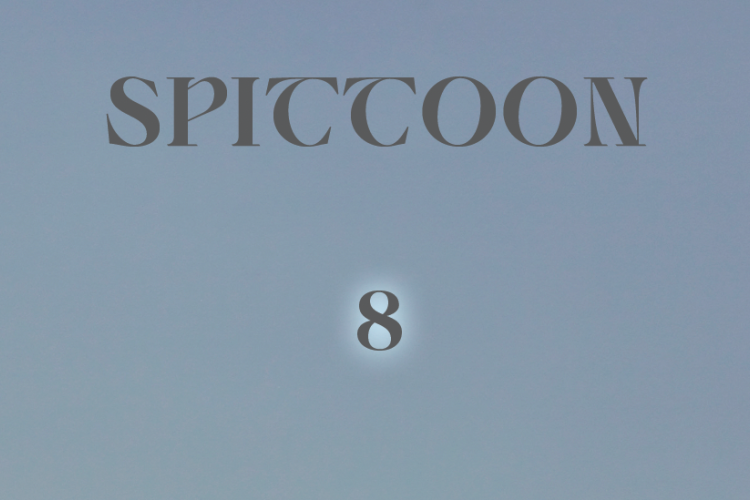Let the Battle Commence
You may remember we spoke to Art of War organizer Conrad Pi a couple of months back; well, the mixed martial artists are back on July 18 with their 13th card of action-packed bouts. We decided to take another look inside the world of Art of War, but this time the fearless Wang Xueqiao got her verbal fighting mitts on and stepped into the ring with fighters Dai Shuanghai and Wang Sai. Here’s how she fared.
Why did you get into mixed martial arts (MMA)?
Dai Shuanghai: I want fans around the world to see how the sport has developed in China during the last five years, and I want Chinese fans to see how Chinese fighters have evolved. I believe the sport in China has incredible potential and I want to be involved with a new and exciting industry.
Wang Sai: I love the sport because it’s exciting to watch. It’s about time that the rest of the world recognizes Chinese mixed martial artists, and I want to show the fans that I am one of China’s best up-and-coming MMA competitors.
How long have you been doing this?
DS: As a child growing up in Inner Mongolia, I started off with wrestling. Around the age of 16, I started to train in sanda kickboxing as a professional. Four years ago, I started to train in jiu-jitsu and mixed martial arts. I’ve been fighting professionally for close to 15 years.
WS: I’ve been practicing sanda kickboxing for well over five years. I’ve only recently started training in jiu-jitsu and mixed martial arts. But I’m learning quickly and adapting my new skills for mixed martial arts competition.
Is MMA dangerous?
DS: Crossing the street can be dangerous, if you’re not careful. But to answer your question: Yes, MMA can be dangerous if you are not trained and if the organization is not sanctioned. However, mixed martial arts as a sport has a very good safety record, due to the fact that there are very stringent regulations governing each contest.
WS: Fights are under the close scrutiny of trained and qualified referees. In fact, the first priority of the referee is to ensure our safety, not to decide the winner or loser of the bout.
What injuries are most common?
DS: Cuts and bruises. Sometimes fighters require some stitches as well. Concussions can happen. Basically, anything that can happen in boxing, judo and wrestling can happen in a mixed martial arts bout.
WS: Amen!
Do your family or friends worry about you getting hurt?
DS: Certainly. I also worry about getting hurt. But if I let that consume me, then I might as well look for another line of work. More people have been hurt rock climbing than in mixed martial arts.
WS: We have chosen a line of work in which we put our bodies under constant risk of injury. But we enjoy the rewards and recognition that come with winning a big contest. Injuries are a necessary evil in our sport, but [the rate is] actually far lower than injuries in other sports. There’s never been a single death in a sanctioned professional MMA match. By contrast, look at the number of deaths in F1 racing, professional boxing or even in high school football in the US. MMA is a far safer sport.
Why should your opponents be afraid of you?
DS: Well, I definitely have the most intimidating ring entrance [laughs]. I try hard to stay well-rounded, and can handle myself standing up and on the ground. I throw people off because I represent sanda, but win with submissions. Other than that, I don’t want to give my opponents too much information about what I’m good at or what I’m not good at.
WS: My specialty is sanda and I am learning more about grappling these days. If the fight goes to the ground, a good grappler would have a chance against me, but first he has to take me down – that’s not easy. Besides, I’ve won my last two fights by submission, so I think my opponents might want to keep it standing, which would be a bigger mistake.
What’s the most important quality for an MMA fighter?
DS: Versatility. Many great fighters are one-dimensional; they can win a few fights, but once their weaknesses are exposed, their opponents can train to capitalize on the things they have trouble with.
WS: Maybe I’d say determination. If you give up mentally, it’s game over.
If it’s not a big secret, can you tell us your greatest weakness?
DS: Do you feel I have a weakness? [smiles]
WS: Focusing on my coach’s instructions between rounds and not on the ring girls!
Does the audience influence you during a fight?
WS: Yes, the cheers of the fans really give me a boost.
DS: When I’m fighting, I’m totally focused on the fight and block out everything outside the ring. Having said that, I’d like to thank all my fans and supporters for coming to the fights and motivating me to put on a good show!
What is the “art” in the Art of War?
DS: For me, it’s the art of fighting and expressing yourself. There’s no set rule for how to fight the best, and each fighter has their own personality in the ring.
WS: Maybe it’s the pattern the blood leaves on the canvas. Actually, I don’t think about things like this. I just like to get in the ring and put on a good show for the fans.
Who are your heroes?
DS: My mom is my biggest hero. She’s a huge influence in my life and has endured lots of hardships. I’m fighting hard to win pride for my family, for my teachers and for all Chinese martial arts.
WS: My favorite fighter is Kevin “Rampage” Jackson. He is an exciting fighter and likes to throw punches. I hope I look that good when I fight.
Who would you most like to take on in a fight?
DS: I’m interested in fighting the champions in other organizations; I’m curious to know where I stand in the world rankings. There is no glory in fighting weak competition. I’d much rather lose to a strong fighter than defeat a weaker fighter. By the way, I’m still undefeated inside the Art of War ring.
WS: I’m looking to fight anybody in my weight class. In AOW 11, I fought my friend and went at him full-throttle. I am a martial artist and professional athlete – I want to test myself against the best in the world.
Which martial art do you most respect and why?
DS: I really respect sanda and jiu-jitsu. These two martial arts are the foundation of my training and have given me all my lessons inside and outside the ring.
WS: Even though I also train in grappling now, sanda is still my favorite martial art. I love striking and the big takedowns.
Are there any skills from MMA that you apply in your everyday life? Or vice versa?
DS: There’s nothing in my life as difficult as preparing for and competing in MMA competitions. Maybe it sounds strange, but the tough mental training makes day-to-day problems much easier. Learning how to conquer your fears and reach your objectives is an important aspect of martial arts training.
WS: Well, I hope I never apply skills from MMA to my everyday life – or I might get put in jail! But seriously, I hope my training has made me a more tolerant and patient person.
For more information, see www.artofwarfc.cn or www.mmachina.com. Art of War 13 takes place Jul 18 at the Beijing National Olympic Center Auditorium. Tickets at 6417 7845 or www.piao.com.cn. 2pm (doors open), 4pm (start).






